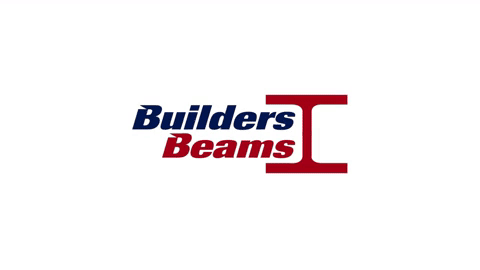In welding, as in all industrial processes, safety is paramount. Adhering to strict health and safety guidelines during surface preparation is essential to protect workers from potential hazards. These guidelines encompass the use of personal protective equipment, proper ventilation, safe handling practices, and effective hazard communication.
Personal Protective Equipment (PPE)
- Gloves: Wear appropriate gloves to protect hands from chemical burns, cuts, and abrasions. Different materials may be required depending on the specific task, such as chemical-resistant gloves for handling solvents or heavy-duty gloves for grinding.
- Safety Glasses: Always use safety glasses to protect eyes from flying particles, especially during mechanical surface preparation like grinding or sanding.
- Respirators: When working with toxic chemicals or in environments with dust or fumes, such as during abrasive blasting or chemical cleaning, use respirators to prevent inhalation of harmful substances.
- Protective Clothing: Wear suitable protective clothing, like overalls, to shield the skin from chemical splashes and sparks. Fire-resistant fabrics are preferable for welding-related tasks.
Ventilation
- Adequate ventilation is crucial to disperse fumes and dust generated during surface preparation. This is especially important when using chemical cleaners or performing operations like grinding, which can produce harmful particulates.
- Use local exhaust ventilation systems to capture fumes at the source. Ensure that the workspace has sufficient general ventilation to maintain a safe and comfortable working environment.
Safe Handling and Storage
- Chemical Cleaners: Store chemical cleaners in clearly labeled, secure containers. Follow the manufacturer’s instructions for safe handling, use, and disposal.
- Sharp Tools: Store sharp tools like grinders and wire brushes safely when not in use. Regularly inspect tools for damage and ensure they are properly maintained.
- Material Safety Data Sheets (MSDS): Keep MSDS for all chemicals used in the workplace. These sheets provide valuable information on handling, storage, and emergency measures in case of exposure.
Hazard Communication
- All chemicals used in the workplace should be clearly labelled with their contents and hazard warnings. Employees must be trained to understand these labels and the associated risks.
- Implement a hazard communication program to ensure that all workers are aware of the hazards they might encounter and the precautions they need to take. This includes training on how to read and understand MSDS, recognition of hazardous materials, and the use of PPE.
By following these health and safety guidelines, workers can significantly reduce the risks associated with surface preparation in welding, ensuring a safer working environment and promoting overall workplace health and safety.
Categories
Archives
- April 2024 (5)
- March 2024 (2)
- February 2024 (1)
- January 2024 (3)
- December 2023 (2)
- November 2023 (1)
- September 2023 (4)
- August 2023 (3)
- July 2023 (1)
- June 2023 (7)
- May 2023 (2)
- April 2023 (14)
- March 2023 (15)
- February 2023 (7)
- January 2023 (6)
- December 2022 (5)
- November 2022 (1)
- October 2022 (4)
- September 2022 (3)
- August 2022 (1)
- July 2022 (2)
- June 2022 (2)
- April 2022 (4)
- March 2022 (1)
- February 2022 (1)
- December 2021 (3)
- March 2021 (2)
- October 2020 (1)
- September 2020 (1)
- July 2020 (1)
- June 2020 (1)
- May 2020 (2)
- April 2020 (2)
- March 2020 (3)
- February 2020 (2)
- January 2020 (1)
- December 2019 (2)
- November 2019 (1)
- October 2019 (1)
- September 2019 (3)
- August 2019 (1)
- July 2019 (4)
- June 2019 (4)
- May 2019 (1)
- April 2019 (4)
- March 2019 (2)
- February 2019 (4)
- January 2019 (4)
- December 2018 (4)
- November 2018 (4)
- October 2018 (5)
- September 2018 (6)



